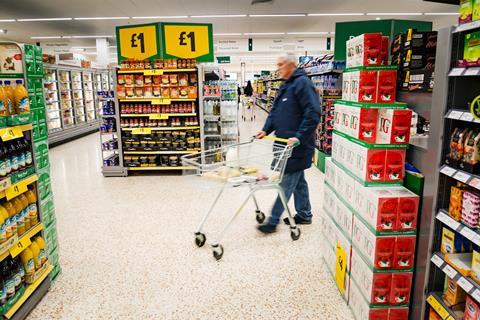
UK food and grocery sales are forecast to grow by £24.1bn to £217.7bn - the equivalent of 12.5% - over the next five years, according to the latest data from IGD.
Supermarkets and hypermarkets are predicted to account for half the market (50.1%), while online and discount would contribute almost two-thirds of cash growth and boost their combined market share from 18.6% to 23.4% by 2024, the analysis showed.
Online was anticipated to be the fastest-growing channel at +43.8% - worth £5.1bn more than it is now.
Simon Wainwright, director of insight at IGD, said growth was expected to come from a number of directions including “newer players” such as Amazon and meal box operators including Hello Fresh, Gousto and Mindful Chef.
“Faster and more convenient options to shop for groceries online are being introduced, such as Sainsbury’s, Ocado and Amazon all offering orders within an hour and widening the availability of delivery,” he said. “More sophisticated analytics are also helping to strengthen customer loyalty.”
Discounters alone would make up £4 in every £10 growth over the next five years - £9.7bn out of £24.1bn, the data showed.
More than a fifth of shoppers (21%) currently use food discounters for the majority of their shopping and 26% said this would be the case in 2021-2022, Wainwright added.
Younger shoppers were also described as the key to generating sales in the convenience channel, which was predicted to grow £16.6% (£6.9bn) between now and 2024. However, they had “high expectations”.
Supermarkets remained a core part of the multichannel approach with the average shopper visiting 10 times a month - three times as many as discount food stores.
“Over the next five years we’ll see retailers investing more in how they can improve the shopper experience at existing stores over introducing new sites, with key trends including easier in-store navigation for shoppers conducting smaller shops and introducing more foodservice and concessions,” Wainwright said.




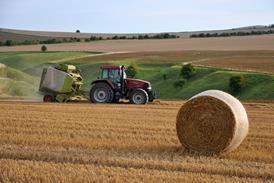


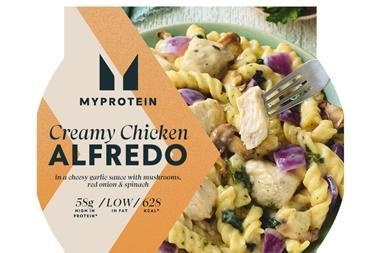
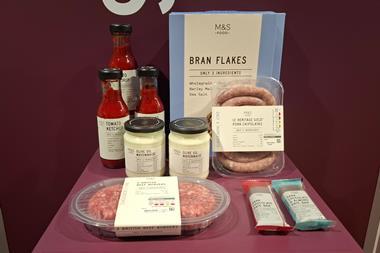
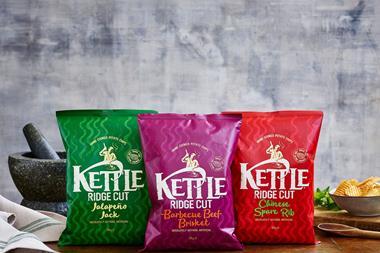
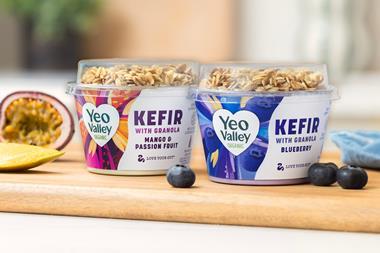







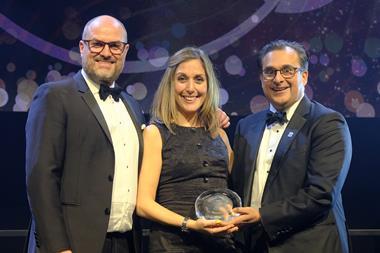
No comments yet